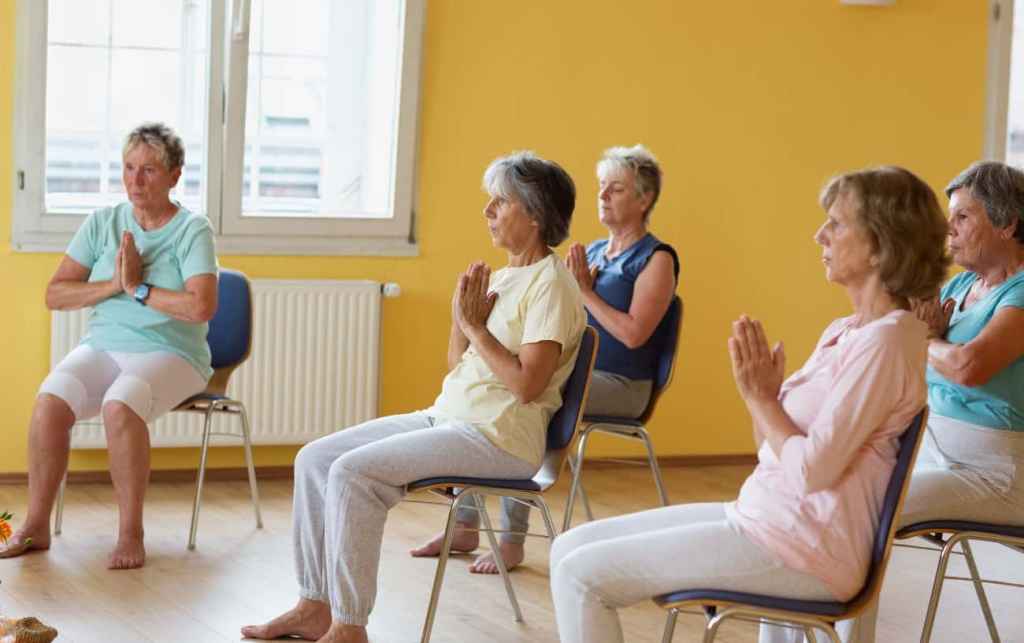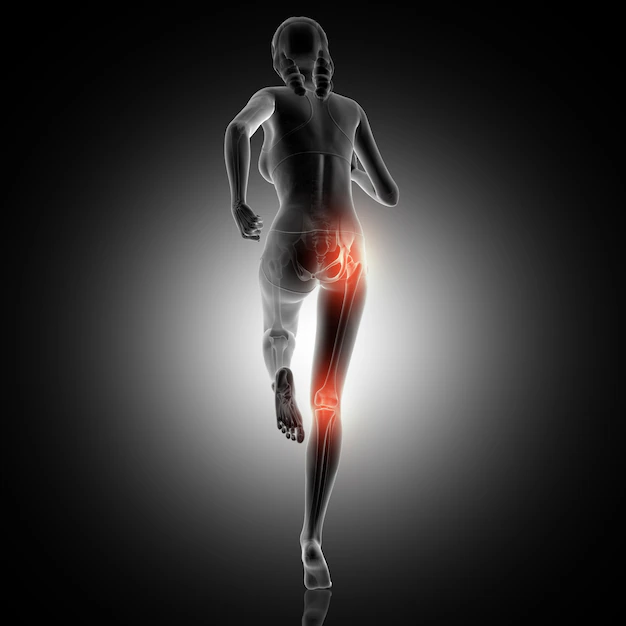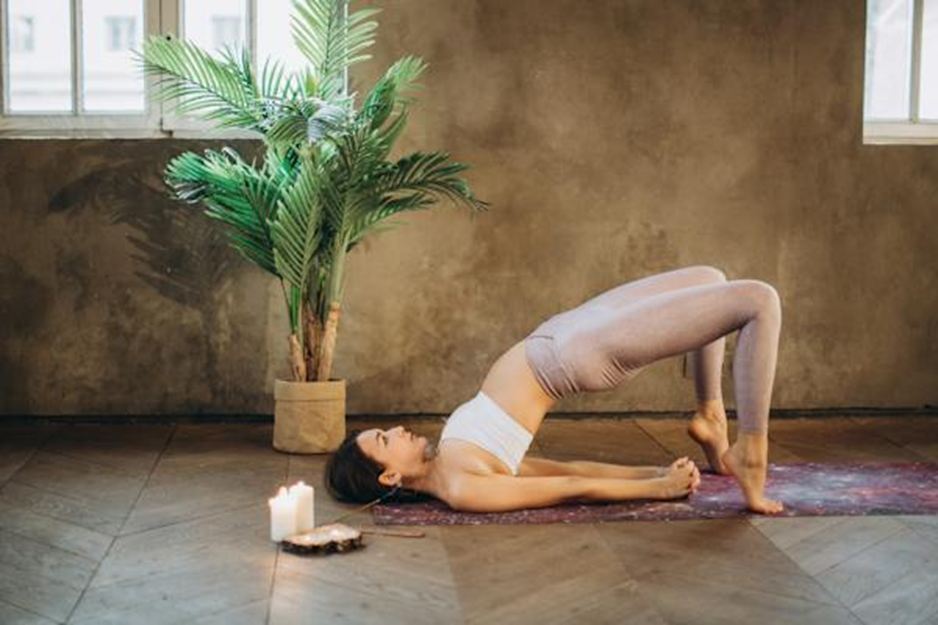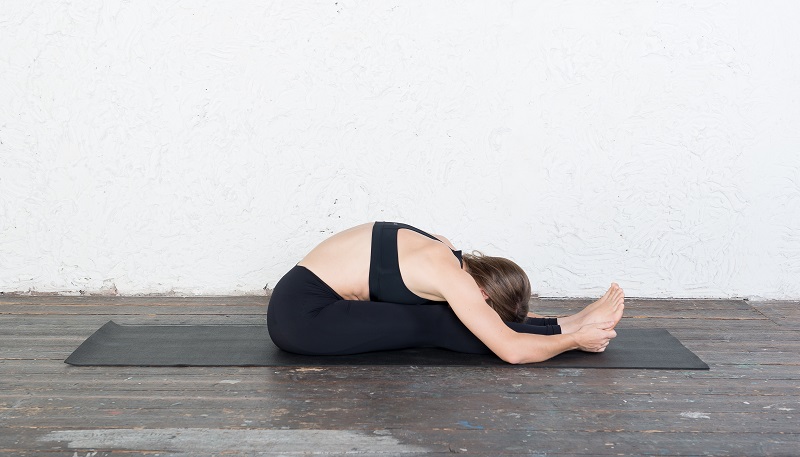A Comprehensive Guide on Chakras in the Human Body

Welcome to Shiva Holistic Yoga School, where ancient wisdom meets modern understanding, and the journey within begins. In this comprehensive article, we will learn about the intricate energy system known as chakras in the human body. Ready yourself for a transformative journey where the fusion of yoga, mindfulness, and ancient teachings converge to unlock the profound connections between mind, body, and spirit.
Source: https://shivholisticyogaschool.com/blog/a-comprehensive-guide-on-chakras-in-the-human-body/
Understanding Chakras
- The Root Chakra – Muladhara: At the base of our energetic foundation lies the Root Chakra, Muladhara, representing our sense of security, stability, and connection to the earth. Delving into the practices at Shiva Holistic Yoga School, individuals learn to anchor and ground this energy. Through grounding poses, breathwork, and meditation, participants cultivate a deep-rooted strength, fostering resilience in the face of life’s challenges.
- The Sacral Chakra – Svadhisthana: As we ascend, we encounter the Sacral Chakra, Svadhisthana, associated with creativity, passion, and emotional balance. Shiva Holistic Yoga School guides practitioners in awakening and balancing this chakra through dynamic movements and creative expression, tapping into the wellspring of inspiration within.
- The Solar Plexus Chakra – Manipura: Empowering our sense of self-worth and personal power, the Solar Plexus Chakra, Manipura, is the fiery energy centre in the upper abdomen. Through targeted practices at our school, participants ignite the flames of personal empowerment, fostering confidence, courage, and a vibrant sense of identity.
- The Heart Chakra – Anahata: Situated at the centre of the chakra system, the Heart Chakra, Anahata, radiates love, compassion, and emotional healing. Shiva Holistic Yoga School offers heart-opening practices that guide individuals toward self-love and harmonious connections with others, creating a nurturing environment for personal and interpersonal growth.
- The Throat Chakra – Vishuddha: Facilitating authentic self-expression and communication, the Throat Chakra, Vishuddha, plays a fundamental role in effective communication. Techniques taught at our school empower individuals to balance this chakra in the human body, helping them speak their truth with clarity, authenticity, and integrity.
- The Third Eye Chakra – Ajna: Elevating consciousness and intuition, the Third Eye Chakra, Ajna, is situated between the eyebrows. Practices at Shiva Holistic Yoga School awaken inner wisdom, enhancing clarity of thought and intuitive insights, guiding individuals towards a deeper understanding of themselves and the world around them.
- The Crown Chakra – Sahasrara: At the peak of the chakra system rests the Crown Chakra, Sahasrara, connecting us to divine consciousness. Shiva Holistic Yoga School empowers individuals to explore higher states of awareness, spirituality, and unity through practices that activate and balance the Crown Chakra, facilitating a profound connection with the universal energy.
Balancing and Aligning Chakras in the human body
Achieving optimal well-being involves the delicate art of balancing and aligning the chakras in the human body. Shiva Holistic Yoga School integrates ancient yogic practices, meditation, and breathwork to cleanse and revitalize the chakras in the human body. Participants learn to identify energy blockages and release stagnant energy, fostering physical, emotional, and spiritual harmony.
Through personalized guidance, individuals at our school cultivate a heightened awareness of their energy centres, allowing them to navigate life with a renewed sense of purpose and vitality. The holistic approach at Shiva Holistic Yoga School ensures that the transformative power of balancing chakras in the human body becomes a seamless part of one’s daily life.
Significance of Understanding Chakras in the Human Body
At Shiva Holistic Yoga School, we recognize the importance of understanding and balancing the chakras in the human body to unlock the full potential of one’s mind, body, and spirit.
1. Energetic Harmony:
The chakras in the human body act as energetic centres, representing different aspects of our being. Balancing these energy points fosters a harmonious flow, ensuring that vital life force energy, known as prana, circulates freely throughout the body. This energetic harmony is foundational for overall health and vitality.
2. Physical and Emotional Well-being:
Each chakra is intricately linked to specific physical and emotional aspects of our existence. By addressing imbalances in these energy centres, individuals can experience improvements in physical health, emotional stability, and mental clarity. Shiva Holistic Yoga School emphasizes practices that target these connections to promote holistic well-being.
3. Spiritual Awakening:
The journey through the chakras is a pathway to spiritual awakening and self-realization. As one aligns and activates the chakras in the human body, a deeper connection with the inner self and a heightened sense of spiritual awareness unfold. Shiva Holistic Yoga School provides guidance and techniques to facilitate this transformative spiritual journey.
4. Enhanced Personal Development:
Understanding and balancing the chakras in the human body contribute to personal development by addressing specific qualities associated with each energy centre. Whether it’s cultivating confidence through the Solar Plexus Chakra or nurturing compassion through the Heart Chakra, our teachings at Shiva Holistic Yoga School focus on empowering individuals to reach their full potential.
5. Stress Reduction and Relaxation:
Imbalances in the chakras can lead to stress and tension. Through dedicated practices, individuals can release blockages in these energy centres, promoting relaxation and stress reduction. Shiva Holistic Yoga School’s teachings include techniques that encourage the release of stored tension, allowing for a more relaxed and centred state of being.
6. Improved Relationships:
The chakras in the human body play an important role in our ability to connect with others. By balancing the heart and throat chakras, individuals can enhance their capacity for empathy, communication, and meaningful connections. Shiva Holistic Yoga School emphasizes the development of these interpersonal qualities for improved relationships with oneself and others.
Takeaway
Embarking on the journey of understanding and harmonizing the chakras in the human body at Shiva Holistic Yoga School offers a transformative experience. By unlocking the potential of these energy centres, individuals can attain a state of balance and well-being that transcends the physical and reaches into the realms of the spiritual.
As you explore the profound teachings of chakras in the human body, remember that this ancient wisdom is not just a philosophy; it is a practical guide to living a life of purpose, vitality, and inner peace. Join us at Shiva Holistic Yoga School, where the secrets of the chakras come alive, and the journey to self-discovery begins. Embrace the transformative power within, and let the chakras be your guide to a more enlightened and balanced life.
If you are keen to learn more about chakras in the human body, you can visit our website or contact us today.
Stay happy, stay strong and get the best out of life.
Keep reading.
Visit: Yoga Teacher Training In Rishikesh | 300 hour yoga Teacher Training In Rishikesh | 500 hour yoga Teacher Training In Rishikesh




